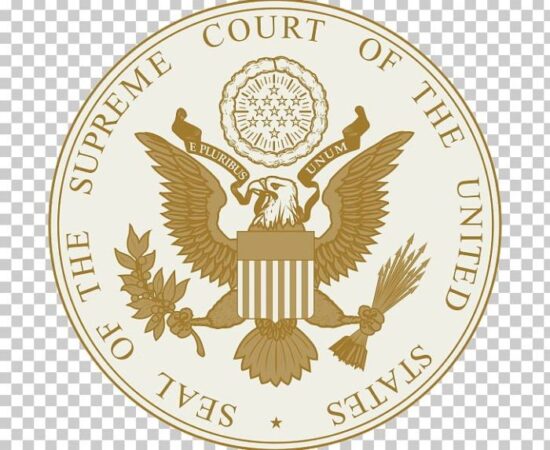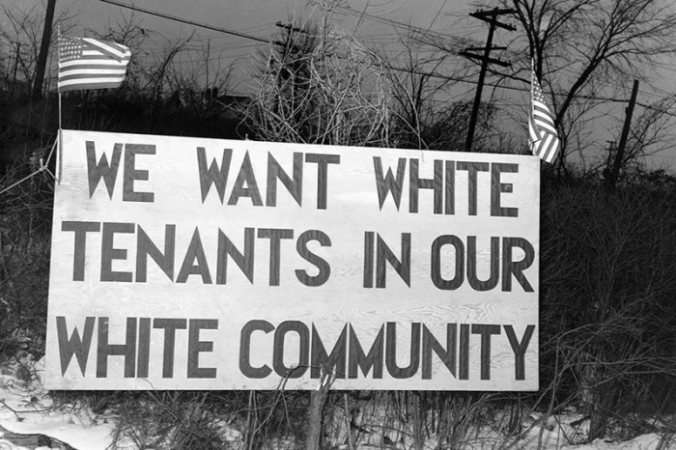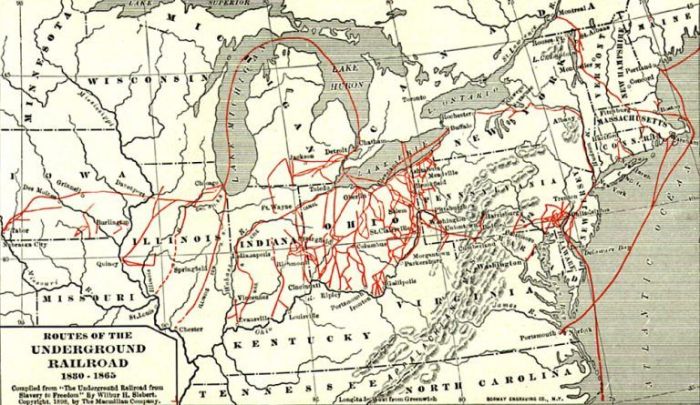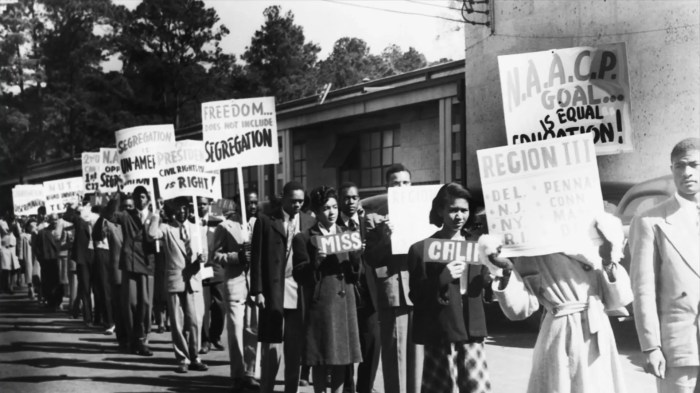
What was the Comstock Law sets the stage for this enthralling narrative, offering readers a glimpse into a story that is rich in detail and brimming with originality from the outset. The Comstock Law, a landmark piece of legislation passed in the United States in 1873, was a controversial attempt to regulate morality and suppress what was deemed “obscene” material. The law’s namesake, Anthony Comstock, was a self-proclaimed moral crusader who believed that certain materials, including contraceptives, pornography, and information about sex, were harmful to society. This law, though rooted in a desire for social purity, had a profound impact on American society, sparking debates about freedom of expression, censorship, and the role of government in regulating morality.
The Comstock Law, a product of its time, reflected the prevailing social attitudes towards sexuality and morality. It was a time of great social change, marked by rapid industrialization and urbanization, which led to anxieties about the breakdown of traditional values. The law, championed by figures like Anthony Comstock, sought to address these anxieties by suppressing materials deemed harmful to public morality. The law’s impact was far-reaching, influencing the way Americans viewed sexuality, censorship, and the role of government in regulating personal lives.
The Origins of the Comstock Law

The Comstock Law, formally known as the “Act for the Suppression of Trade in, and Circulation of, Obscene Literature and Articles of Immoral Use,” was a landmark piece of legislation in the United States that significantly impacted the nation’s social and cultural landscape. Enacted in 1873, the law aimed to suppress materials deemed obscene, including pornography, contraceptives, and information about sex education.
The Comstock Law’s origins can be traced back to the social and moral anxieties of the late 19th century. The Industrial Revolution, rapid urbanization, and changing social norms created a climate of fear and moral panic around issues of sexuality and morality. This era witnessed a rise in concerns about the spread of “vice,” including prostitution, gambling, and the use of alcohol.
Anthony Comstock and His Motivations
Anthony Comstock, a staunch moral reformer and the law’s primary advocate, played a pivotal role in shaping the legislation. Driven by his deeply held religious beliefs and a fervent desire to protect society from the perceived evils of immorality, Comstock believed that obscene materials were a threat to the nation’s moral fabric. He saw himself as a crusader against vice, dedicated to safeguarding public decency and promoting traditional family values.
Comstock’s motivations stemmed from his personal experiences and his unwavering belief in the power of moral purity. He had witnessed firsthand the negative consequences of what he considered to be immoral behavior, and he was convinced that the spread of obscene materials was a contributing factor to social ills. His belief in the importance of sexual restraint and his opposition to any form of sexual expression outside of traditional marriage were central to his crusade against obscenity.
Comstock’s zeal for moral reform was fueled by his deep religious convictions. He saw the fight against obscenity as a moral imperative, a duty to uphold the values of God and protect society from the corrupting influence of vice. He believed that the spread of obscene materials was a direct attack on God’s law and a threat to the sanctity of family life.
Key Figures and Events
The passage of the Comstock Law was influenced by a confluence of factors, including the growing anxieties about the changing social landscape, the emergence of moral reform movements, and the efforts of individuals like Anthony Comstock.
Comstock’s tireless advocacy and the support he received from various religious and moral reform groups played a significant role in pushing the legislation through Congress. He lobbied extensively for the law’s passage, building alliances with influential figures in government and society. His efforts were aided by the widespread public fear of immorality and the growing movement to uphold traditional values.
The Comstock Law’s passage was also shaped by the changing social and cultural landscape of the late 19th century. The Industrial Revolution and rapid urbanization led to social anxieties about the breakdown of traditional values and the rise of vice. This climate of fear provided fertile ground for moral reformers like Comstock, who saw the spread of obscenity as a symptom of a larger societal crisis.
The law’s passage was not without opposition. Some argued that the Comstock Law violated individual rights and freedoms, particularly the right to free speech and the right to privacy. However, Comstock and his supporters successfully framed the issue as a matter of public morality and national security, ultimately winning over a majority of lawmakers.
Key Provisions of the Comstock Law
The Comstock Law, formally known as the “Act for the Suppression of Trade in, and Circulation of, Obscene Literature and Articles of Immoral Use,” was a comprehensive piece of legislation that aimed to regulate and restrict the distribution of materials deemed obscene or immoral. This law, passed in 1873, had a significant impact on the lives of Americans, particularly in the areas of free speech, reproductive rights, and the dissemination of information.
Materials Banned by the Comstock Law
The Comstock Law specifically targeted materials deemed obscene, indecent, or immoral, including:
- Obscene Books and Images: The law defined obscenity broadly, encompassing any material that was deemed “lewd, lascivious, or filthy,” including books, pamphlets, photographs, and illustrations. This included depictions of nudity, sexual acts, and any content considered offensive to prevailing moral standards.
- Contraceptives: The Comstock Law explicitly prohibited the distribution of contraceptives, including devices, information, and literature related to birth control. This provision aimed to prevent the spread of “indecent” information and to promote traditional family values.
- Abortion Information: The law also banned the dissemination of information and materials related to abortion, including medical advice and instructions. This provision reflected the prevailing societal view that abortion was morally wrong and illegal.
- “Immoral” Articles: The Comstock Law also outlawed the distribution of items considered “immoral” or “indecent,” including articles related to sexual health, anatomy, and other topics deemed inappropriate for public consumption.
Examples of Materials Targeted by the Comstock Law
The Comstock Law’s broad definition of obscenity led to the prosecution of a wide range of materials, including:
- Literary Works: Books like “Madame Bovary” by Gustave Flaubert and “Ulysses” by James Joyce were considered obscene due to their depictions of sexual themes and explicit language.
- Medical Textbooks: Medical textbooks containing illustrations of the human body were also subject to censorship, as they were deemed “indecent” and potentially harmful to public morals.
- Art and Photography: Artistic works and photographs featuring nudity or suggestive poses were often targeted by the law, even if they had artistic merit.
- Contraceptive Devices: The Comstock Law’s ban on contraceptives led to the prosecution of individuals who distributed or possessed such items, including doctors, pharmacists, and even individuals seeking to prevent unwanted pregnancies.
Penalties for Violating the Comstock Law
Violators of the Comstock Law faced severe penalties, including:
- Imprisonment: Those found guilty of distributing or possessing obscene materials could be imprisoned for up to five years.
- Fines: The law also allowed for fines of up to $2,000 (equivalent to roughly $50,000 today).
- Confiscation of Materials: Any materials deemed obscene were subject to confiscation by authorities. This included books, images, and even personal letters.
The Comstock Law’s Impact on Society: What Was The Comstock Law
The Comstock Law, despite its purported aim to protect morality, had a profound and often detrimental impact on various aspects of American society. It restricted the dissemination of information related to sexuality and contraception, hindering advancements in public health and individual autonomy. The law also had a significant chilling effect on freedom of speech and expression, leading to self-censorship and suppression of diverse voices.
Impact on Freedom of Speech and Expression
The Comstock Law’s broad definition of “obscenity” created a climate of fear and uncertainty for publishers, writers, and artists. It made it difficult to distinguish between legitimate artistic expression and material deemed “obscene” by the law’s standards. This uncertainty led to widespread self-censorship, as individuals and organizations avoided publishing anything that could be construed as violating the law.
“The Comstock Law… created a climate of fear and uncertainty for publishers, writers, and artists, making it difficult to distinguish between legitimate artistic expression and material deemed ‘obscene’ by the law’s standards.”
The law’s vagueness and the severity of its penalties led to the suppression of diverse voices and perspectives. For instance, works of literature, art, and even scientific research that dealt with themes of sexuality or contraception were often banned or censored. This had a chilling effect on the free exchange of ideas and the exploration of important social issues.
Impact on the Distribution of Information About Sexuality and Contraception
The Comstock Law’s ban on the distribution of information about sexuality and contraception had a significant negative impact on public health and individual autonomy. It prevented people from accessing accurate information about their bodies, reproductive health, and safe sex practices.
“The Comstock Law’s ban on the distribution of information about sexuality and contraception had a significant negative impact on public health and individual autonomy.”
The law’s restrictions made it difficult for doctors and educators to provide comprehensive sexual education, leading to widespread ignorance about contraception and sexually transmitted infections. This lack of knowledge contributed to unintended pregnancies, unsafe abortions, and the spread of sexually transmitted diseases.
Impact on Public Attitudes Towards Sexuality and Morality
The Comstock Law, by criminalizing the discussion of sexuality and contraception, contributed to a climate of secrecy and shame surrounding these topics. This, in turn, shaped public attitudes towards sexuality and morality, leading to a culture of silence and misinformation.
“The Comstock Law, by criminalizing the discussion of sexuality and contraception, contributed to a climate of secrecy and shame surrounding these topics.”
The law’s focus on suppressing information about sexuality reinforced traditional notions of morality and discouraged open dialogue about sexual health and relationships. This had a lasting impact on societal norms and the way people viewed their own sexuality and the sexuality of others.
The Comstock Law’s Legacy

The Comstock Law, despite its initial widespread acceptance, eventually faced increasing criticism and ultimately met its demise. This shift in public opinion was fueled by a growing understanding of the law’s limitations and the rise of new social movements advocating for greater personal freedoms.
The Repeal of the Comstock Law
The Comstock Law’s gradual erosion began in the early 20th century, with several key factors contributing to its eventual repeal.
- The emergence of the birth control movement, led by figures like Margaret Sanger, challenged the Comstock Law’s prohibition on contraceptives, arguing that access to birth control was essential for women’s health and autonomy.
- The rise of the free speech movement, fueled by the First Amendment, also contributed to the weakening of the Comstock Law. Advocates argued that the law’s broad censorship powers stifled free expression and violated individuals’ right to access information.
- The changing social landscape, particularly the increasing acceptance of sexual liberation and the growing influence of feminist movements, further eroded the law’s legitimacy.
- The Comstock Law’s effectiveness in achieving its intended goals was also questioned. Critics argued that the law, rather than suppressing obscenity, actually fueled a thriving black market for pornography and contraceptives.
The Comstock Law was finally repealed in 1971, when the Supreme Court ruled in the case of *Stanley v. Georgia* that individuals have a right to possess obscene materials in their own homes. This landmark decision effectively ended the federal government’s ability to enforce the Comstock Law’s censorship provisions.
Comparing the Comstock Law with Contemporary Censorship Laws, What was the comstock law
While the Comstock Law has been repealed, its legacy continues to influence contemporary debates surrounding censorship and free speech. Today, various laws and regulations, both at the federal and state levels, aim to restrict access to certain types of content, such as child pornography, hate speech, and violent content. However, these laws are often narrower in scope than the Comstock Law, focusing on specific types of content rather than attempting to define and prohibit a broad category of “obscenity.”
- The Comstock Law’s broad definition of obscenity and its sweeping censorship powers are seen as problematic in today’s context, where the internet and other technologies have made it much easier for individuals to access and share information.
- Contemporary censorship laws, while still controversial, often rely on more specific criteria for determining what content is deemed harmful or illegal, such as the “Miller test” for obscenity, which considers the content’s appeal to prurient interests, its depiction of sexual conduct in a patently offensive way, and its lack of serious literary, artistic, political, or scientific value.
- However, concerns remain about the potential for overreach and the chilling effect of censorship laws on free speech, particularly in the digital age, where the lines between private and public expression are increasingly blurred.
The Lasting Effects of the Comstock Law
The Comstock Law, despite its eventual repeal, has left a lasting impact on American society.
- The law’s legacy continues to influence debates about censorship and free speech, highlighting the ongoing tension between protecting public morals and safeguarding individual freedoms.
- The Comstock Law’s focus on controlling sexual content and behavior has also had a lasting influence on American attitudes towards sexuality and reproductive health, contributing to the stigma surrounding topics like contraception, abortion, and sex education.
- The law’s legacy also serves as a reminder of the importance of carefully considering the potential consequences of censorship laws and the need to strike a balance between protecting individuals from harm and safeguarding their right to free expression.
Final Summary
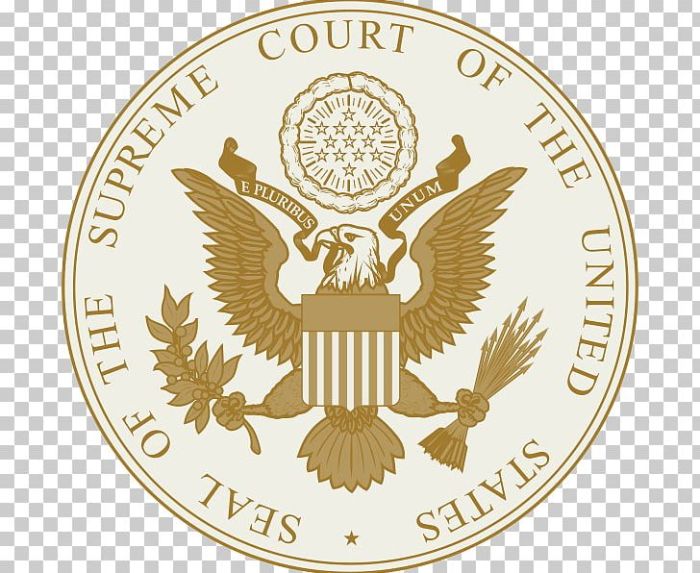
The Comstock Law’s legacy continues to resonate today, prompting discussions about the boundaries of free speech, the role of government in regulating morality, and the impact of censorship on societal progress. The law’s eventual repeal in 1965 marked a significant shift in American attitudes towards sexuality and censorship. It acknowledged the changing social landscape and the importance of individual autonomy. While the Comstock Law may have been a product of a bygone era, its story serves as a reminder of the complex interplay between social values, legal frameworks, and the evolving nature of freedom of expression.
Questions Often Asked
What were the main arguments against the Comstock Law?
Critics argued that the law was overly broad and violated the First Amendment right to free speech. They also pointed out that the law was ineffective in preventing the spread of “obscenity” and that it actually hindered the dissemination of important information about health and sexuality.
How did the Comstock Law impact the development of the birth control movement?
The Comstock Law significantly hampered the birth control movement by making it illegal to distribute information about contraception and to sell contraceptives. This contributed to the movement’s underground nature and fueled its struggle for legal recognition.
What are some examples of materials that were banned under the Comstock Law?
The Comstock Law banned a wide range of materials, including books, images, and contraceptives that were deemed obscene or indecent. Examples include books on sex education, birth control pamphlets, and even medical textbooks that contained information about human anatomy and reproduction.
